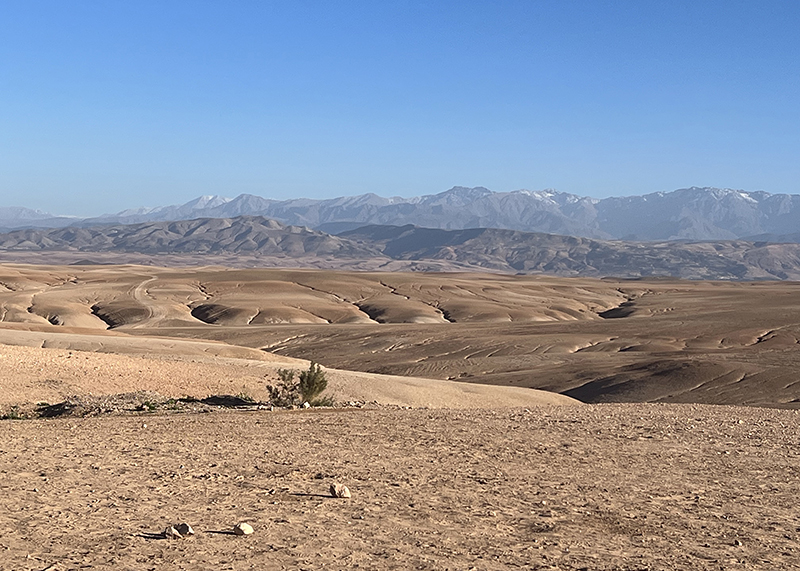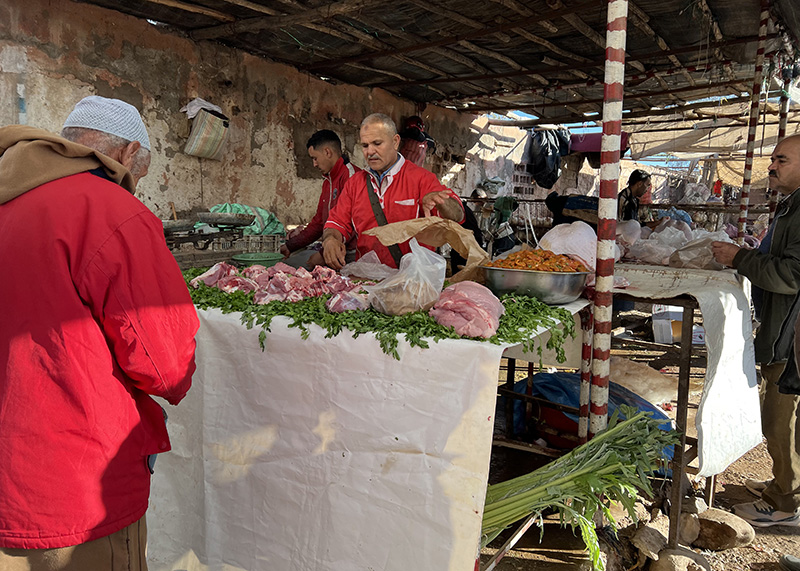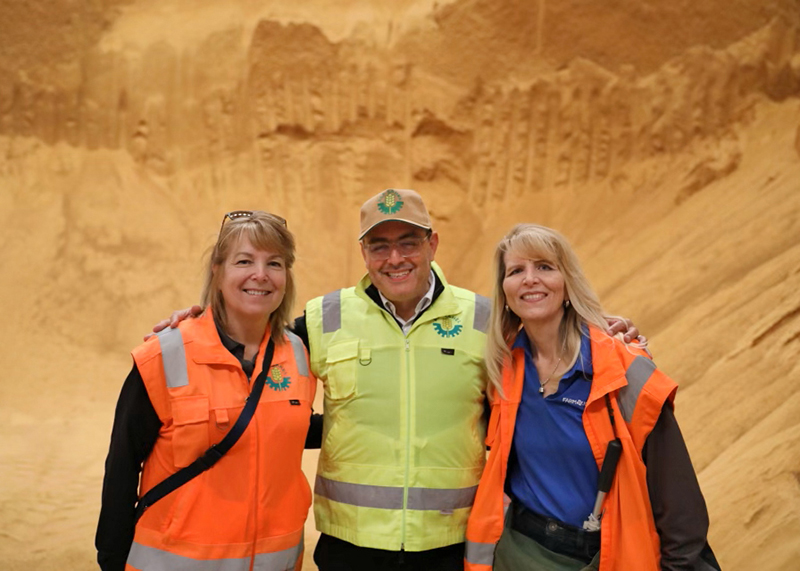Market for Meal: Morocco Holds Promise As A Key Buyer for U.S. Soybean Products

The soybean processing industry is expanding in the U.S. due to the push for green fuels, such as renewable diesel and sustainable aviation fuel made from soybean oil. The result of that increased crush will be an excess of soybean meal.
“We need to have an outlet for this new soybean meal to go,” says Jeff Thompson, a farmer from Colton, S.D.

CUSTOMER EXPANSION
One such outlet could be Morocco. Thompson, second vice president of the South Dakota Soybean Association (SDSA), and several other SDSA members and members of the South Dakota Soybean Research and Promotion Council recently traveled to the African country with the goal of expanding the market for soybean meal.

Morocco is already one of the largest soybean meal customers for the U.S., according to Brent Babb, regional director of Europe and Middle East/North Africa at the U.S. Soybean Export Council (USSEC).
“It’s always in the top 10 soybean importers from the U.S.,” he says. “It’s around 400,000 tons annually.”
With Morocco’s arid climate, they must import most of their feed ingredients. Because U.S. soybean meal is known for its quality, Khalid Benabdeljelil, USSEC country representative in Morocco, says the U.S. holds about 60% of soybean meal market share.
NEW FEED FOCUS
The largest feed mill in Morocco, Alf Sahel, produces 1.2 million metric tons of feed annually, with 70% used in poultry rations including for its own vertically integrated operation. General Manager Yousef Mikou says they buy based on price and quality, but also prefer U.S. meal because of its nutritional value.
“We buy amino acids because amino acids are better than crude protein,” Mikou says. “Even if the price of soybean meal in the U.S. is high, it’s better to use it because of the amino acids that they have.”
This represents a shift taking place in the global feed industry, says Jerry Schmitz, SD Soybean executive director.
“In the past, crude protein has been the bar that everybody has set,” he says. “But really proteins are made of essential amino acids, and there are specific amino acids that are important to livestock and to human development, and we have those in our soybeans.”
“Extra protein just ends up being wasted, so the amino acid profile is truly what they’re seeking, and we offer some of the very best amino acids profiles,” adds Tim Ostrem, director on the South Dakota Soybean Research and Promotion Council and farmer from Centerville, S.D.

Soybeans grown in northern regions of the Corn Belt, such as South Dakota, have higher essential amino acids, which research shows is more digestible and help livestock and poultry gain weight more efficiently.
MORE SUPPLY, MORE DEMAND
Morocco is home to 37 million people, and its population is projected to hit 46 million by 2025. The Moroccan government also wants to increase tourism to 26 million by 2030 (up from 13 million tourists in 2019), which will mean increased demand for protein.
Currently, Morocco annually produces 3.5 million dairy and beef cattle, 21 million sheep and goats and 413 million chickens and turkeys, according to USSEC.
“Poultry production is the most dynamic element of animal production in Morocco,” says USSEC’s Benabdeljelil. “Over 55% of their meat consumption is poultry.”
By 2025, protein production in Morocco is projected to grow by 20%.
Poultry and livestock production is still 90% small farmers who have just a few head and sell locally. However, demand shifts are occurring, says David Struck, South Dakota Soybean Research and Promotion Council vice chairman and farmer from Wolsey, S.D.

“The younger people have a tendency to want to buy processed chicken from supermarkets, where the older generation still wants to buy from the wet market, which is mostly supplied by the small individual farmers,” he says.
These positive market factors are creating great potential for U.S. soybean exports to Morocco.

Michelle Rook uses her South Dakota rural roots to provide farmers with the information they need to drive the business of agriculture.







